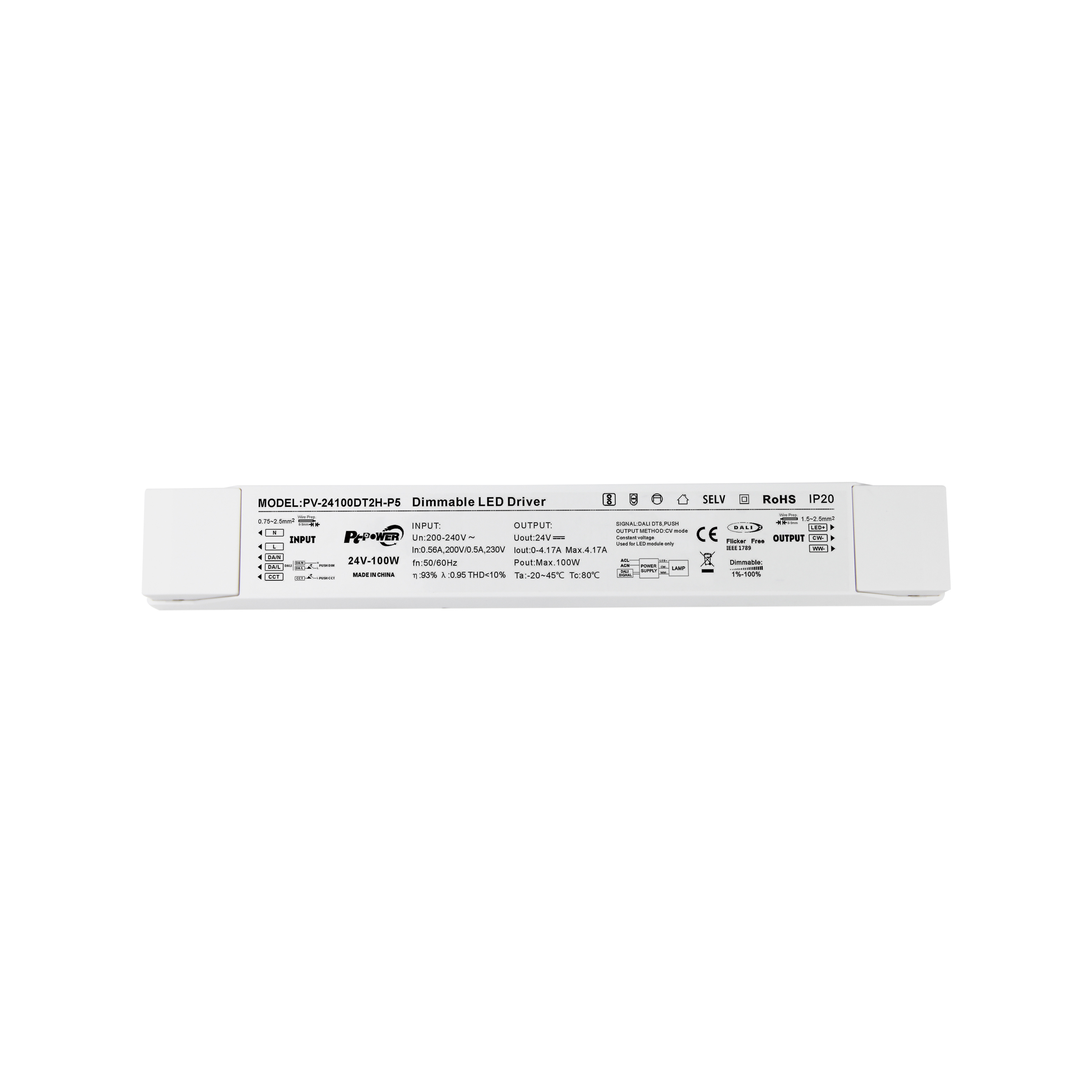Powering Up Commercial Spaces: The Crucial Role of LED Power Supplies
2025-04-24

Powering Up Commercial Spaces: The Crucial Role of LED Power Supplies
Table of Contents
- 1. Introduction to LED Power Supplies
- 2. Importance of LED Power Supplies in Commercial Lighting
- 3. Types of LED Power Supplies
- 4. Selecting the Right LED Power Supply
- 5. Installation Best Practices for LED Power Supplies
- 6. Energy Efficiency and Cost Savings
- 7. Future Trends in LED Power Supply Technology
- 8. Frequently Asked Questions
- 9. Conclusion
1. Introduction to LED Power Supplies
In the contemporary commercial landscape, **LED power supplies** have emerged as a cornerstone for effective lighting solutions. These devices convert electrical power into a format that is suitable for LED lighting systems. They are essential not just for functionality but also for optimizing the performance and lifespan of LED fixtures. Utilizing these power supplies ensures that commercial spaces are both adequately illuminated and energy-efficient.
LED technology has taken the lighting industry by storm, thanks to its superior efficiency and longevity. However, without a reliable power supply, the benefits of LED lighting cannot be fully realized. This article delves into the role of LED power supplies in commercial environments, exploring their types, selection criteria, installation practices, and future trends.
2. Importance of LED Power Supplies in Commercial Lighting
The significance of LED power supplies cannot be overstated. They serve several critical functions that enhance the overall performance of LED lighting systems:
2.1 Ensuring Compatibility
LED lighting requires a specific voltage and current to operate correctly. An appropriate power supply ensures that these requirements are met, preventing damage to the fixtures and enhancing their longevity.
2.2 Optimizing Performance
Quality power supplies can regulate and stabilize the light output of LEDs, ensuring consistent brightness without flickering. This is particularly crucial in commercial spaces where lighting quality can significantly impact productivity and atmosphere.
2.3 Supporting Energy Efficiency
LED power supplies often incorporate features that enhance energy efficiency, such as dimming capabilities and power factor correction. This results in lower energy consumption and reduced utility costs, making it a vital consideration for businesses looking to cut expenses.
3. Types of LED Power Supplies
When it comes to LED power supplies, there are several different types, each suited for various applications within commercial spaces.
3.1 Constant Voltage Power Supplies
These supplies deliver a steady voltage output, making them suitable for LED strips and fixtures that require a consistent voltage level. They are commonly used in architectural and decorative lighting, providing flexibility in design.
3.2 Constant Current Power Supplies
Constant current supplies are designed for applications where the LED fixtures require a specific current to operate efficiently. These power supplies are often used in high-power LED applications, such as street lights and floodlights.
3.3 Dimmable Power Supplies
Dimmable LED power supplies allow users to adjust the brightness of lighting fixtures. This capability is particularly beneficial in commercial spaces that require variable lighting levels for different tasks or atmospheres, such as restaurants or retail stores.
4. Selecting the Right LED Power Supply
Choosing the right LED power supply is critical to the success of your lighting system. Several factors should be considered in this selection process:
4.1 Wattage Requirements
Always calculate the total wattage needed for your LED fixtures. Selecting a power supply that can handle this load, while also allowing for a buffer (typically 20% more wattage), ensures that your lighting system operates smoothly and efficiently.
4.2 Input Voltage Compatibility
Make sure that the power supply’s input voltage matches the available electrical supply in your commercial space. Common input voltages include 120V, 240V, and 277V.
4.3 Environmental Considerations
Consider the installation environment. For instance, if the power supply will be exposed to moisture or dust, look for models that come with appropriate IP ratings for water and dust resistance.
4.4 Efficiency Rating
Choose power supplies that are energy efficient, ideally those that have a high efficiency rating (over 85%). This not only reduces energy costs but also minimizes heat generation, which can prolong the lifespan of both the power supply and the connected LED fixtures.
5. Installation Best Practices for LED Power Supplies
Proper installation of LED power supplies is critical to ensure safety and performance. Here are some best practices to follow:
5.1 Follow Manufacturer Instructions
Always adhere to the installation guidelines provided by the manufacturer. These instructions contain essential information regarding wiring, mounting, and safety precautions.
5.2 Use Appropriate Wiring
Utilize wiring that can handle the power load and environmental conditions. For outdoor installations, ensure that the wiring is rated for outdoor use to prevent weather-related damage.
5.4 Implement Safety Measures
When working with electrical components, safety should be your top priority. Always disconnect power before installation, and use appropriate personal protective equipment (PPE).
6. Energy Efficiency and Cost Savings
One of the most compelling reasons to invest in LED power supplies is the energy savings they offer.
6.1 Lower Energy Consumption
LED lights are inherently more energy-efficient than traditional lighting options. When paired with high-quality power supplies, energy consumption can be reduced even further, contributing to lower operational costs.
6.2 Long-Term Savings
Although LED power supplies may have a higher upfront cost compared to traditional options, they pay for themselves over time through reduced energy bills and maintenance costs. Their longevity often means less frequent replacements, further increasing savings.
6.3 Environmental Impact
Using LED lighting powered by efficient supplies contributes to a reduced carbon footprint. This is increasingly important for businesses aiming to improve their sustainability practices and appeal to environmentally conscious consumers.
7. Future Trends in LED Power Supply Technology
The demand for LED power supplies is expected to grow as more businesses adopt LED technology. Here are some trends to watch for:
7.1 Smart Power Supplies
With the rise of the Internet of Things (IoT), smart LED power supplies that can be controlled remotely are becoming more prevalent. These devices enhance energy efficiency and allow for advanced lighting control systems.
7.2 Integration with Renewable Energy Sources
As businesses increasingly turn to renewable energy, LED power supplies that can efficiently operate in conjunction with solar or wind energy systems are gaining traction. This integration supports sustainability goals and further reduces reliance on fossil fuels.
7.3 Advancements in Dimming Technology
Innovations in dimming technology, such as more precise control and better compatibility with various LED fixtures, are expected to enhance the user experience and expand the applications of LED lighting in commercial spaces.
8. Frequently Asked Questions
8.1 What is the lifespan of an LED power supply?
The lifespan of an LED power supply can vary significantly depending on usage and environmental conditions, but many high-quality models are designed to last over 50,000 hours.
8.2 Can I use a standard power supply with LED lights?
No, standard power supplies may not provide the correct voltage or current for LED lights, which can lead to poor performance or damage. Always use a dedicated LED power supply.
8.3 How do I know if my LED power supply is efficient?
Check the efficiency rating, which is usually listed on the product specifications. A rating above 85% is generally considered efficient.
8.4 Are dimmable LED power supplies worth the investment?
Yes, dimmable LED power supplies offer flexibility in lighting design and can lead to further energy savings by allowing users to adjust brightness based on requirements.
8.5 How can I ensure the safety of my LED power supply installation?
Ensure all electrical connections are secure, follow manufacturer guidelines, and use appropriate PPE. If unsure, consider hiring a professional electrician for installation.
9. Conclusion
LED power supplies play an indispensable role in enhancing the functionality and efficiency of lighting systems in commercial spaces. By ensuring compatibility, optimizing performance, and supporting energy efficiency, they contribute significantly to both cost savings and environmental sustainability. As technology advances, the future of LED power supplies looks promising, with innovations that will further enhance their capabilities. Investing in high-quality LED power supplies is not just a step towards better lighting; it’s a commitment to creating a more energy-efficient and sustainable commercial environment.







